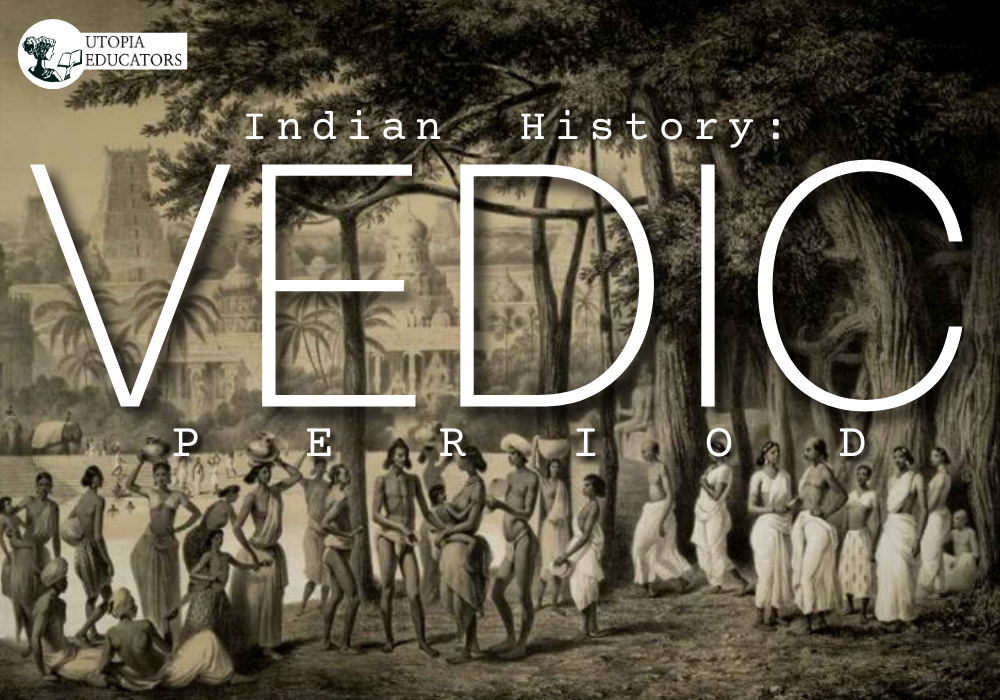Background
If history is defined as a study of the human past from written sources, India's history begins with the Aryans. This is a sort of transition from prehistory to history. The age before the historic age is called the pre-historic period. Archaeologists hold the view that human life in India had started millions of years ago. But as men at that time did not know how to read and write, we get to know about them through various coins, cave paintings, sculptures, monuments, and inscriptions, etc. (article continues below)

Only in 1921-22 AD, archaeologists discovered a new civilization when they excavated the sites of Harappa and Mohenjodaro, which came to be known as Indus Valley Civilization. The nuclear date of the civilization appeared to be about 2500-1700BC. After the decline of Indus valley civilization approximately around 1800 BC, the Aryan civilization took place. It is the period of the late bronze age and early iron age, known as the Vedic period (1500-500BC). The Aryan race is considered one of the oldest and the most distinguished races in the world. They were tall, good looking, and light-skinned. Aryans in India spread the most prodigious civilizations of the world. Several nations claimed that they belong to the Aryan race. The German dictator Adolf Hitler used to say that ‘pure Aryan blood runs in the veins of the Germans.’ Based on this, they claimed to establish their rule all over the world. Various theories have been put forward by scholars regarding the original homes of the Aryans:
- The Sapt Sindhu theory by Dr. A.C. Das: According to him, the Aryans were the original inhabitants of India. So they used to live in Punjab(northern side of India).
- Tibetan theory by Swami Dayanand: He emphasized that Tibet was the Aryans' original home.
- Central Asiatic theory by J. B. Rhode and German scholar Max Muller: They both suggested that central Asia could be the place where Aryans used to live.
- North Atlantic theory Bal Gangadhar Tilak: He considers that they came from the arctic region.
- Southeast Europe: Austria Hungary by Dr. P. Giles: In his book ‘Cambridge History of India,’ he has forwarded the theory that southeast Europe was Aryans' original home.
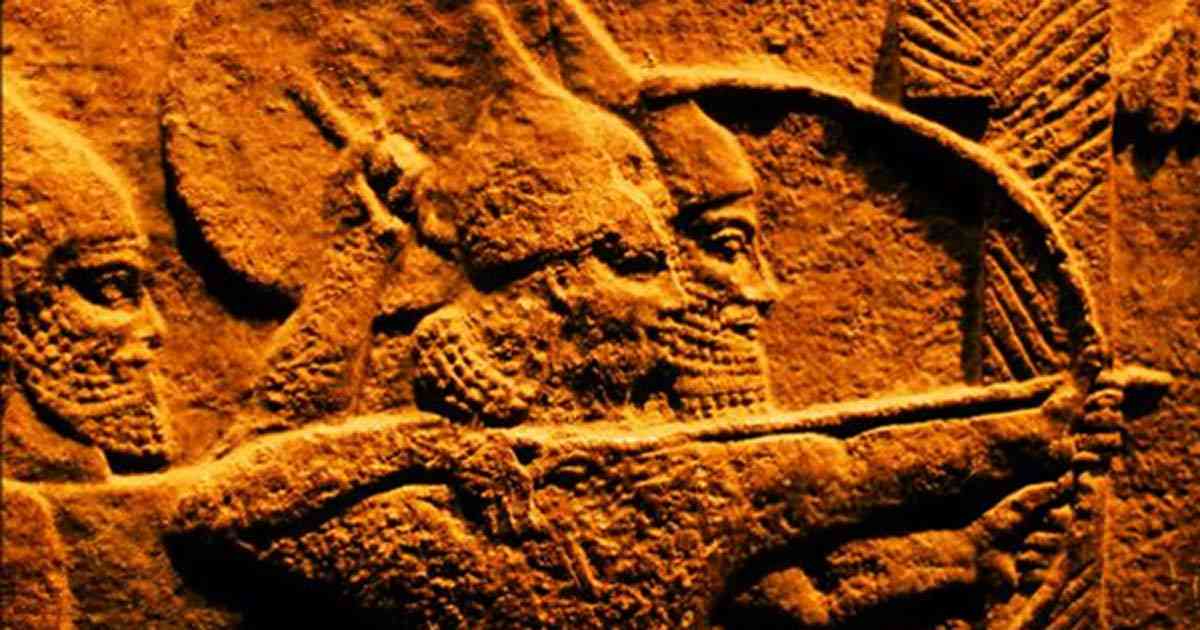
The Aryans
However, the most plausible theory was the Central Asian theory by Max Muller. But as there are no references in their books about any specific place, it becomes tremendously debatable and difficult to conclude. So it is widely accepted that they appeared in groups and settled in Punjab(India) and later moved eastwards. The Aryans or Indo Aryans (in Sanskrit, meaning ‘nobleman’) used to live a life of high standard in various spheres. They were well civilized and cultured people. According to the context of Indian history, the scholars of Aryans authored Vedas. In other words, the term Veda signifies ‘knowledge or wisdom.’ Vedas, also called Samhita, are religious texts written in Sanskrit which contain devotional hymns composed to worship various Gods and Goddesses. The Vedic literature consists of 4 Vedas; Rigveda, Yajur Veda, Sama Veda, Atharva Veda. Even in modern times, they still occupy a prominent place. Vedas help us to recognize ourselves; they contain wisdom which can help in understanding life and all the sorrows which come along.
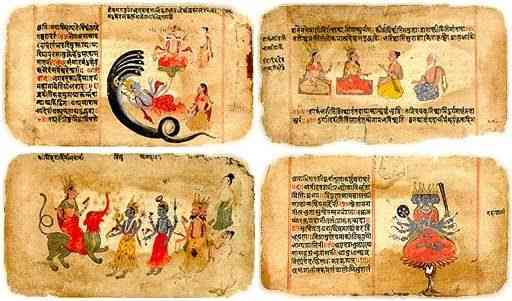
The Rigvedic Age or Early Vedic Age
The Aryan civilization is divided into two ages: The Rigvedic age and the later Vedic age. The early Vedic age or Rigvedic age refers to the time in history from approximately 1500-1000 BC. The Rigveda was composed in India, possibly in Punjab (northern side of India) or 'Sapt Sindhu,' the land of seven rivers. The seven rivers of Punjab, namely Jhelum, Chenab, Ravi, Beas, and Sutlejalong with the Indus and Saraswathi. Rigveda is the oldest book and the largest of the four Vedas. It comprises of 1028 sacred hymns composed to worship various gods. It must be noted that all these hymns were written much later.
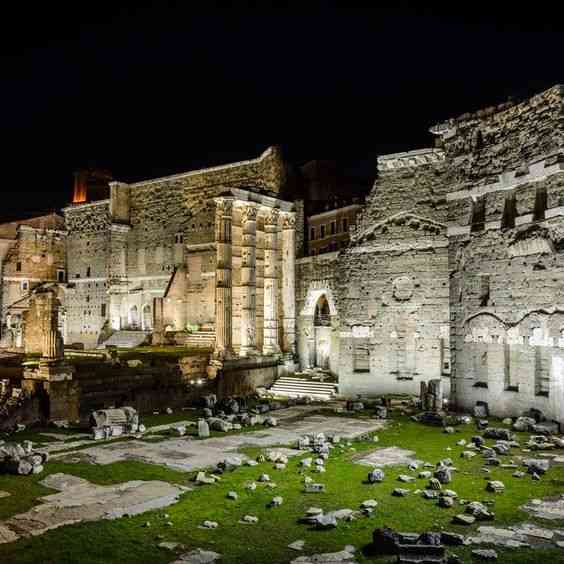
Initially each text was recited by the Aryans and was handed over from generation to generation through oration. It throws a lot of light on their political, social, economic, and cultural values. The lives of Aryan at that time were uncomplicated. Unlike Indus Valley, Aryan civilization was a rural civilization. Their livelihood was mostly dependent on animal husbandry. Their nature was similar to that of villagers and they never built towns as they did not lead a permanent life and used to travel a lot in search of new pastures. Cows were the backbone of their economy. They considered the cow as a mother and worshipped it. Besides agriculture, the Aryans also used to practice other occupations such as weaving, sewing and dyeing. There were artisans like carpenters, goldsmiths, potters, and blacksmiths. They used to wear dresses made of cotton, silk, wool, and deerskin.
The term 'Rajan' and 'Samrat' has been mentioned for the king in the Rigveda. The kingship was hereditary. However, the people in the early Vedic period were highly valued by the king and had the power to select the worthy monarch. There are references to military conflicts between the various tribes of the Aryans in the Rigveda as well. The most notable of such conflicts was the Battle of Ten Kings, which occurred due to mutual conflicts for the division of land in Punjab, near river Ravi. Trade and industry were yet to be introduced. There were various sources of entertainment like horse racing, chariot racing, hunting, gambling, dicing, dancing, and singing for the Aryans. The women were highly respected. They enjoyed a venerated position during the Vedic period. There was perhaps no restriction on their education and movement. Ghosha, Mudra, Apala are examples of well-educated women at that time. Some of them even composed a few Vedic hymns. There is no mention of the Sati system and child marriage in the Rigveda. Even their religious life was very simple. They used to worship the objects of nature like Indra (god of weather) and Varun (sky). The caste system was called Varna and was not very rigid. It was based on occupation, not birth.

The Later Vedic Age
The period after the Rigveda was known as the later Vedic period. It was the time when the other 3 Vedas (Yajur, Sama, Atharva) were composed approximately during 1000-500BC.
- Yajur Veda compiled soon after the Rigveda. It consists of various detailed rules to be observed while reciting hymns of sacrifices or yajnas.
- The Sama Veda is the Veda of melodies and chants. It contains the hymns of Rigveda required to be sung in praise of Gods and Goddesses. It has been believed that the origin of Indian music is Sama Veda.
- The Atharva Veda contains formulas, spells, charms, and hymns intended for healing. It has information about Ayurveda or medical science. It includes verses for treating ailments. For instance, it says that the rays of the rising sun can treat heart patients and it is also proven in modern science as the entire biosphere depends on it.
There were other sacred works like the Brahmanas, the Upanishads, the Aranyakas,which were created around this period. We can observe several changes in the lives of the Aryans by this time. Northern India from the Himalayas to the Vindhyas was soon under their dominance. The territory came to be known as Aryavrata or 'the land of the Aryans'. The main cause behind this spread was the discovery of Iron, which helped them in various fields. Various spheres of the early Vedic period which were to be improved, reached an advanced stage in the later Vedic period. Some parts were improving while some started diminishing from this period onwards, for instance, trade and industry started flourishing, villages and big cities were set up while on the other hand, the status of women began to degrade and they lost their liberty. The birth of a girl child was not welcomed while the birth of a boy was received as a blessing. Yet some women scholars continued to be known despite all the hardships they went through such as Gargi and Mairtreyi.
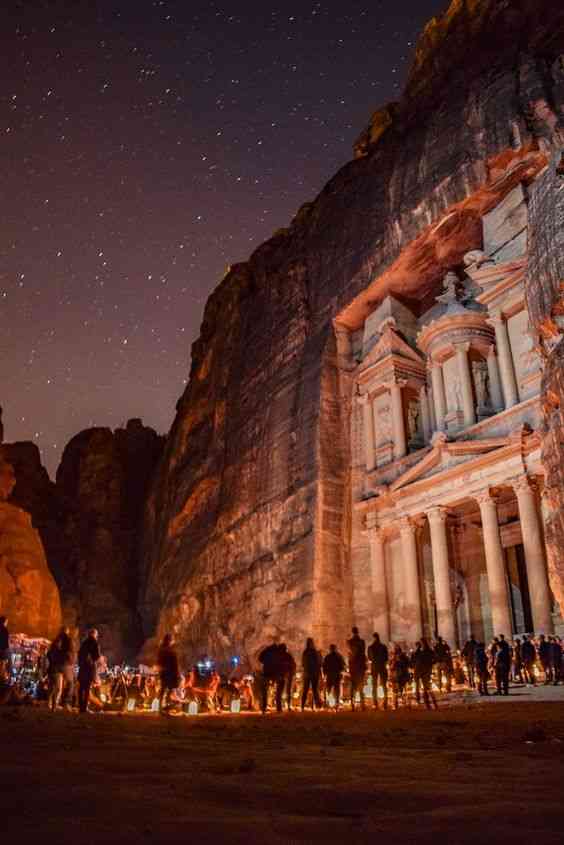
Soon after, the caste system became more rigid. The society was divided into 4 castes- Brahmins, Kshatriyas, Vaishya, and Shudras. Interdining and intercaste marriages took place among the upper three classes while Shudras were despised. The importance of Sabha and Samiti decreased with time due to the enhancement in the power of kings. Several new kingdoms emerged like Kuru, Panchala, Vanga, Kosala, etc. There was an emphasis on new gods( Vishnu, Shiva, Rama, and Krishna, etc.), while natural gods lost their importance (only Surya continued to be worshiped). Numerous rituals dominated by brahmans made religion very complex in the later Vedic period.
Sources:
[1] https://www.newworldencyclopedia.org/entry/Rigveda
[2] https://www.indiaolddays.com/vedic-age-rigvedic-period-2/
[3] https://www.ancient.eu/Aryan/

